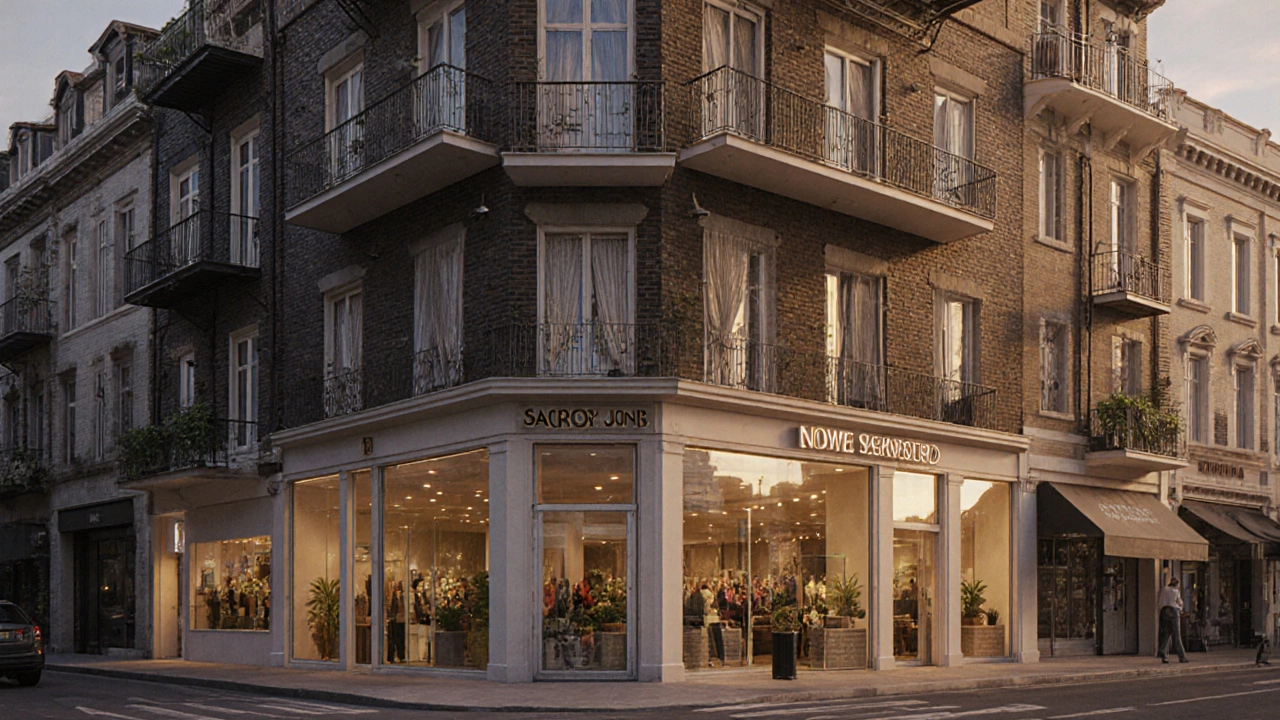Commercial Use Flooring: What Every Business Owner Should Know
Choosing the right floor for a commercial space can feel like a big decision, but it doesn’t have to be overwhelming. Your floor does more than just look good – it handles traffic, supports safety, and can even affect your brand image. Below we break down the key reasons to focus on commercial flooring and the top options that work in real‑world settings.
Why Choose Commercial Flooring?
First, durability matters. In a shop or office, foot traffic, carts, and equipment can wear down regular residential flooring fast. Commercial flooring is designed to take that abuse and keep its appearance for years. Second, safety is a must. Slip‑resistant finishes lower the risk of accidents, which protects both employees and customers. Third, maintenance costs add up quickly if you pick the wrong material. A floor that resists stains, scratches, and moisture saves you time and money on cleaning and repairs. Finally, the right look reinforces your brand. A sleek, modern floor can signal professionalism, while a warm, natural floor can create a welcoming vibe.
Top Flooring Options for Business Spaces
Luxury Vinyl Plank (LVP) – LVP mimics wood or stone at a lower price point and handles spills and heavy traffic well. It’s easy to install and can be replaced section by section, making it a smart choice for retail and hospitality.
Engineered Hardwood – If you want a genuine wood feel, engineered hardwood offers better stability than solid wood in high‑traffic zones. It resists warping from humidity changes, which is handy for office buildings with central heating.
Polished Concrete – Polished concrete is tough, low‑maintenance, and gives a modern industrial look. It’s ideal for showrooms, loft‑style offices, or any space where you want a sleek, reflective surface.
Carpet Tiles – Carpet tiles combine comfort with easy replacement. If a tile gets stained, you can pull it out and replace just that piece, keeping the overall look intact. They’re popular in corporate offices where noise reduction is important.
Rubber Flooring – Rubber provides excellent slip resistance and cushioning, making it perfect for gyms, kitchens, and areas where people stand for long periods. It also dampens noise, which is a bonus in busy environments.
When you match a material to the specific demands of your space, the floor works for you instead of the other way around. For example, a restaurant benefits from LVP’s resistance to spills, while a design studio may prefer polished concrete for its sleek aesthetic.
Installation matters as much as the material. Work with a flooring specialist who understands commercial codes, sub‑floor preparation, and the right adhesives for each product. A proper install prevents early wear and helps the floor meet warranty requirements.
Maintenance routines should be simple. Sweep or vacuum daily to remove grit, mop with a pH‑neutral cleaner weekly, and address stains as soon as they appear. For carpet tiles, schedule a professional deep‑clean twice a year. For polished concrete, a reseal every few years keeps the shine and slip resistance intact.
Budget planning is easier when you break costs into three parts: material, installation, and long‑term upkeep. LVP often has the lowest upfront cost, while polished concrete may require a higher install but lower maintenance over time. Calculate the total cost of ownership to pick the best fit for your financial goals.
In short, the right commercial flooring balances durability, safety, style, and cost. Pick a product that matches the traffic level, look you want, and maintenance capacity of your business. With the right choice, your floor will support your brand, protect your investment, and stay looking great for years to come.
What Makes a Building Commercial? Key Features That Define Commercial Properties
- Gavin Whitaker
- |
- |
- 0
A building becomes commercial not by how it looks, but by how it's used - for profit-driven activities like retail, offices, or hospitality. Zoning, building codes, and insurance all change when a space crosses from residential to commercial use.
View moreUnderstanding What Falls Under Commercial Use in Construction
- Gavin Whitaker
- |
- |
- 0
In the realm of construction, 'commercial use' covers buildings intended for business activities, like offices, shopping centers, and industrial facilities. Understanding zoning laws and building codes is crucial for ensuring compliance and avoiding fines. This article delves into what constitutes commercial use, providing clarity on regulations, different building types, and tips for successful project navigation. Learn about the impact of zoning and how to efficiently manage commercial construction projects.
View more
